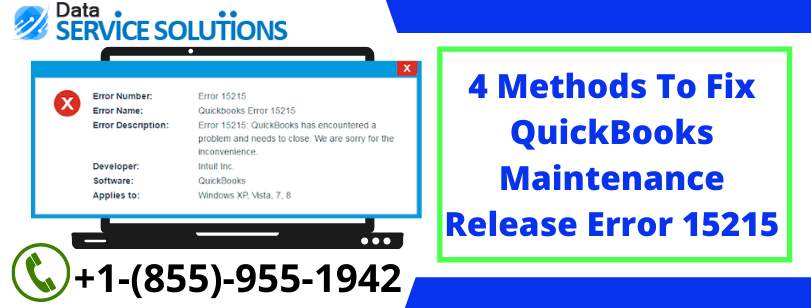

For more information, see the Microsoft Edge release notes for Stable Channel. We recommend that you use the new Microsoft Edge browser (based on Chromium).

Enable TLS 1.2 for applications and services that communicate with Azure AD.Identify and reduce you dependency on the client apps and operating systems that don't support TLS 1.2.
ENABLE TLS 1.2 WINDOWS 10 FOR QUICKBOOKS UPDATE

Guidelines for enabling TLS 1.2 on clients How do you maintain a secure connection to Azure Active Directory (Azure AD) and Microsoft 365 services? You enable your client apps and client and server operating system (OS) for TLS 1.2 and modern cipher suites. (This date has been postponed from June 30th, 2021 to January 31st, 2022, to give administrators more time to remove the dependency on legacy TLS protocols and ciphers (TLS 1.0,1.1 and 3DES).)Įnable support for TLS 1.2 in your environment TLS 1.0, 1.1 and 3DES Cipher suite in public instances starting January 31, 2022.government instances starting on March 31, 2021. TLS 1.0, 1.1 and 3DES Cipher suite in U.S.The services are being deprecated on the following dates: To improve security when users interact with our cloud services.To follow the latest compliance standards for the Federal Risk and Authorization Management Program (FedRAMP).These protocols and ciphers are being deprecated for the following reasons: Applications that are integrated with Azure AD.How this change might affect your organizationĭo your applications communicate with or authenticate against Azure Active Directory? Then those applications might not work as expected if they can't use TLS 1.2 to communicate. 3DES cipher suite (TLS_RSA_WITH_3DES_EDE_CBC_SHA).To improve the security posture of your tenant, and to remain in compliance with industry standards, Microsoft Azure Active Directory (Azure AD) will soon stop supporting the following Transport Layer Security (TLS) protocols and ciphers: Registry values that are added or changed to enable. Ensure that the Value data field is set to 1 and the Base is Hexadecimal. Right-click the name SchUseStrongCrypto and select Modify from the drop-down menu.ġ1. Rename the DWORD to SchUseStrongCrypto.ġ0. Right click on the 0.30319 key and select New and then DWORD (32-bit) Value from the drop-down list.ĩ. Browse to the following registry key: HKLM:\SOFTWARE\Wow6432Node\Microsoft\.NetFramework\v9Ĩ. Right-click the name SchUseStrongCrypto and select Modify from the drop-down menu.Ħ. Rename the DWORD to SchUseStrongCrypto.ĥ. Right click on the 0.30319 key and select New and then DWORD (32-bit) Value from the drop-down list.Ĥ. Browse to the following registry key: HKEY_LOCAL_MACHINE\SOFTWARE\Microsoft\.NETFramework\v9ģ. Type in “regedit” into the Run – Note: You will be editing the registry.Ģ. Start the registry editor by clicking on Start and Run. NET 4.7 is installed it must be configured to enable TLS 1.2.ġ. NET to use strong cryptography this enables TLS 1.2 for. NET to use strong cryptography to the registry if neededīy configuring. Registry values that are added or changed to enable TLS 1.2Ģ. Repeat steps 6 to 13 for the Server key (by creating two DWORDs, DisabledByDefault and Enabled, and their values underneath the Server key).

Create another DWORD for the Client key as you did in Step 6.ġ2. Ensure that the Value data field is set to 0 and the Base is Hexadecimal. Right-click the name DisabledByDefault and select Modify from the drop-down menu.ĩ. Right click on the Client key and select New and then DWORD (32-bit) Value from the drop-down list.ħ. Right click on the TLS 1.2 key and add two new keys underneath it.Ħ. Right click on the Protocols folder and select New then Key from the drop-down menu. Browse to the following registry key: HKEY_LOCAL_MACHINE\SYSTEM\CurrentControlSet\Control\SecurityProviders\SCHANNEL\Protocols.ģ.


 0 kommentar(er)
0 kommentar(er)
